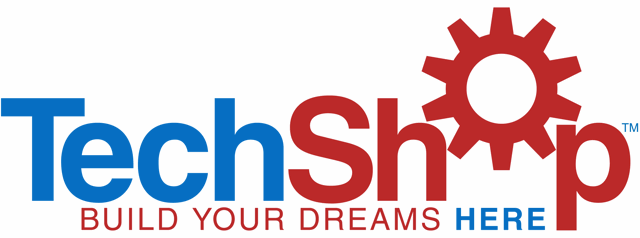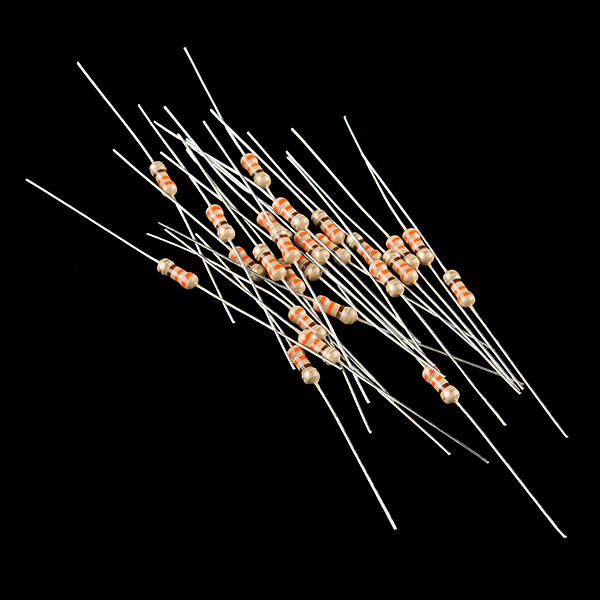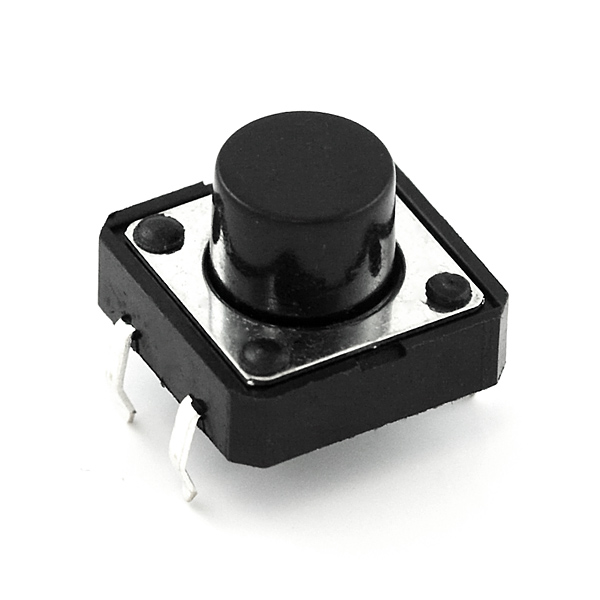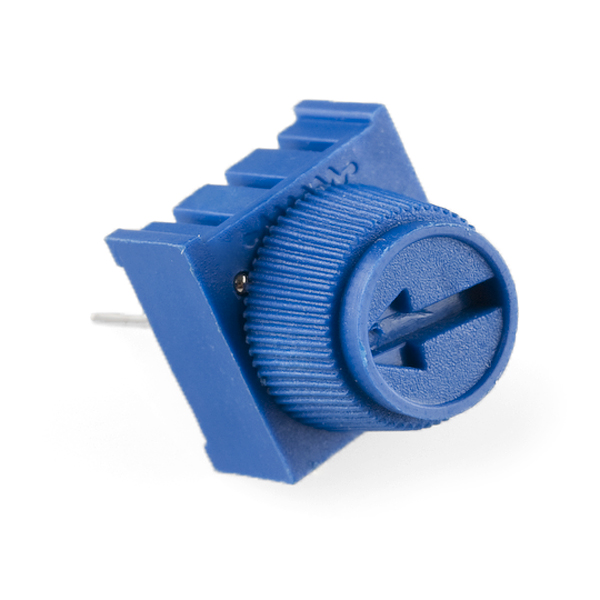In this class, you will learn how to use an Arduino in simple projects. We will cover programming and the simple electronic circuits needed to connect an Arduino to LEDs, switches and dials in order to control LED brightness and on/off state. The three hours will switch between instruction, hands-on and some free time.
This is a fast track class for people who want to add simple automation to their projects. Example programs will be provided. You can cut and paste from the examples to start writing your own programs.
The class fee includes an Arduino UNO, breadboard, switch, LEDs and various electronic components.
This is Part 1 of the Arduino Electronics Series. Please bring a laptop with the Arduino software and drivers pre-installed. The software may be downloaded online.
If you bring your own laptop, you MUST pre-download and install the Arduino software and drivers.
You must make arrangements for a computer before signing up for the class - either be able to bring a laptop, or call the shop for assistance.
A GitHub repo has been created which houses all of the course material including a course document PDF as well as a ZIP with all the course material including code.
You will be working with and given all the supplies listed below.
1 x Arduino Uno
Note: any flavor of Arduino board can be used, e.g. Arduino Uno
1 x small breadboard
Let's get started with Arduino! In this chapter we are going to cover the most basic parts of getting a sketch running; we'll be covering the following topics:
setup()functionloop()function- The serial monitor and the
println()function - Using comments
Our Arduino examples haven't actually done much yet, let's change that! In this chapter we will learn how to control the blinking of a small light emitting diode (LED); we'll be covering the following topics:
- blinking an LED with
digitalWrite() - variable type
byte - using a normally open (NO) switch
- using a potentiometer to adjust the brightness of the LED
- Analog input
- Fading a LED with PWM
- variable type
int ifcontrol structure
This appendix will cover the basics of how a breadboards work, will get you familiar with using them and will cover some of the basics of circuit diagrams.






